Simplifying Your Smart Home with Voice-Activated Controls
24 April 2025
Smart home technology has come a long way in the past decade. From adjusting your thermostat remotely to turning off lights with a swipe on your smartphone, automation has transformed the way we live. But let’s be honest—sometimes all that tech can feel a bit overwhelming. That’s where voice-activated controls step in, making everything simpler, more intuitive, and, frankly, a lot cooler.
Imagine walking into your home and saying, “Turn on the lights,” and—boom—the room lights up. No fumbling for switches, no app navigation, just instant results. Sounds like something out of a sci-fi movie, right? But thanks to smart assistants like Alexa, Google Assistant, and Siri, it's now an everyday reality.
In this guide, we’ll break down how voice-activated controls can make your smart home feel more alive—all while keeping things simple, efficient, and stress-free.
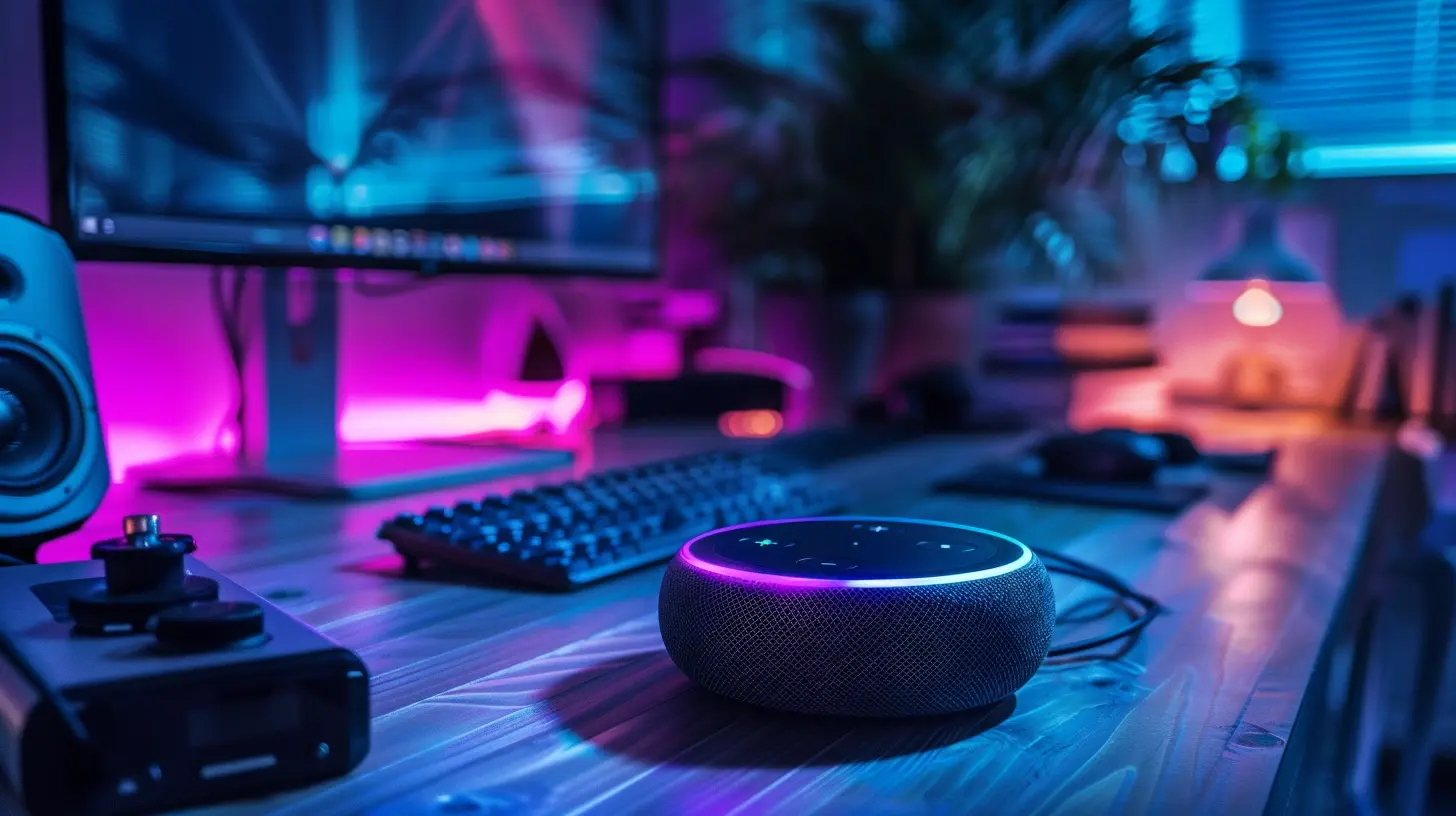
Why Voice Control Is the Future of Smart Homes
We live in an era of convenience. We want things fast, we want them easy, and we want them to just work. That’s exactly what voice control brings to the table when it comes to managing a smart home.Here’s why voice-activated controls are a total game-changer:
1. Hands-Free Convenience
Ever tried turning on the lights with your hands full of groceries? Or adjusting the thermostat while snuggled under a warm blanket? With voice control, you don’t need to lift a finger. It’s the ultimate lazy (or let’s say efficient) solution to modern living.2. Faster and More Intuitive
Typing, tapping, and scrolling through an app to complete a simple task can feel like overkill. Saying, “Set the temperature to 72 degrees,” is much quicker than navigating an app menu.3. Accessibility for Everyone
Voice control is incredibly beneficial for people with disabilities or limited mobility. Instead of relying on physical controls, users can command their smart home using nothing but their voice.4. Better Integration with Smart Devices
Smart speakers and voice assistants can control everything from lights and thermostats to smart TVs and security systems. The best part? Many of these devices seamlessly connect with each other, creating a truly connected smart home experience.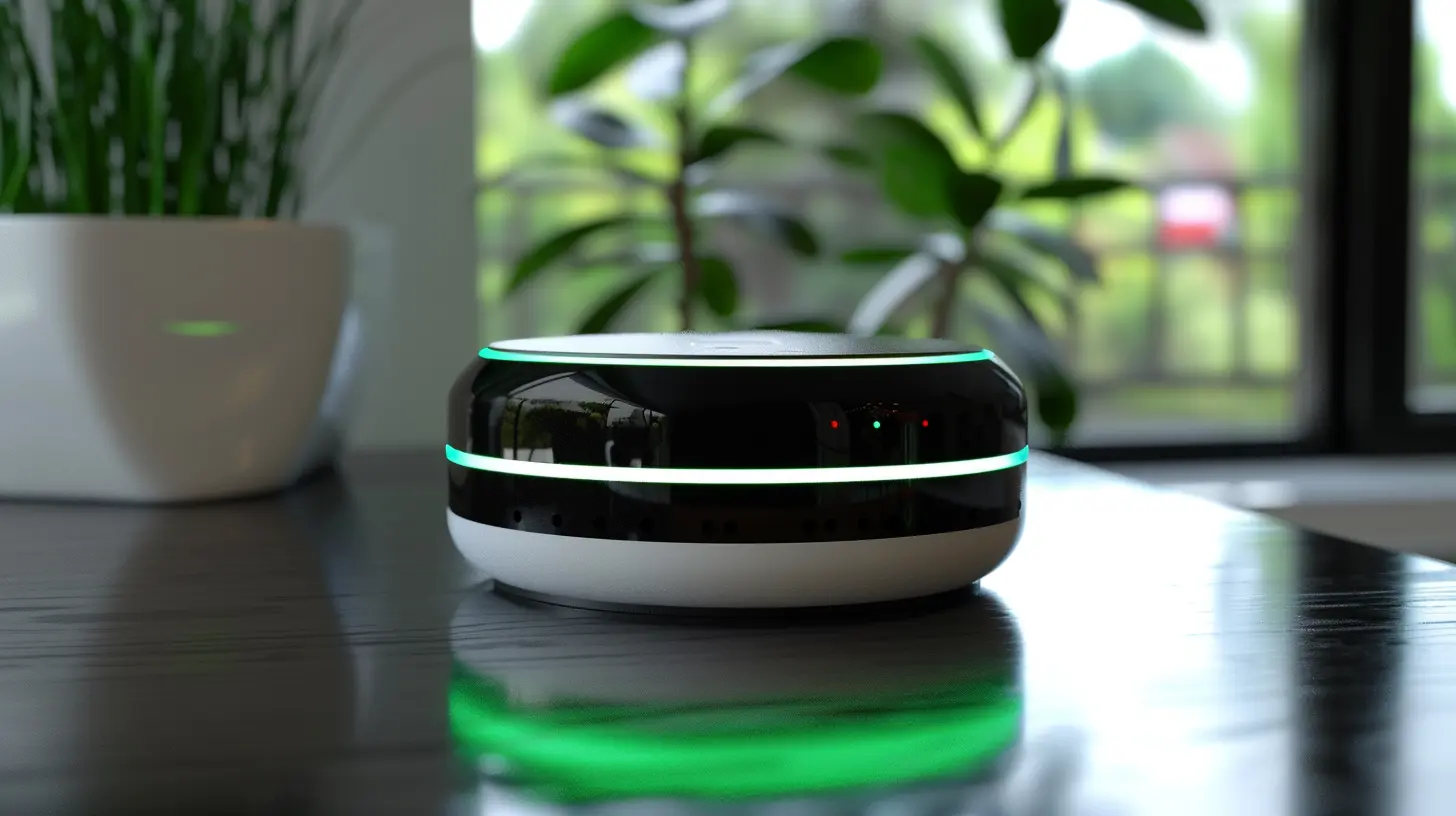
Setting Up Your Smart Home for Voice Control
If you’re new to voice-activated smart homes, getting started might seem daunting. But don’t worry—it’s actually pretty simple when broken down into these steps:1. Choose Your Voice Assistant
The first step? Pick a voice assistant that suits your needs. The most popular options include:- Amazon Alexa – Works with Echo devices and integrates with thousands of smart home products.
- Google Assistant – Found in Google Nest products and offers strong AI-based responses.
- Apple Siri – Works with HomeKit-enabled devices and is ideal for Apple users.
Each assistant has its strengths, but they all allow you to control your smart home with voice commands.
2. Invest in Compatible Smart Devices
Not all smart devices work with every voice assistant. Be sure to check compatibility before making a purchase. Some of the most common voice-controlled devices include:- Smart Lights (Philips Hue, LIFX, Wyze)
- Smart Thermostats (Nest, Ecobee, Honeywell)
- Smart Locks (August, Yale, Schlage)
- Smart Plugs (TP-Link, Wemo, Kasa)
3. Set Up a Smart Hub (Optional, But Useful)
While many smart devices can work independently with a voice assistant, using a smart hub—like Samsung SmartThings or Hubitat—can help centralize control and automation.4. Customize Your Commands
Voice assistants can do more than just turn things on and off. You can create custom routines like:- Saying “Good Morning” to turn on lights, adjust the thermostat, and play your favorite news briefing.
- Saying “Movie Time” to dim the lights, close the blinds, and turn on the TV.
- Saying “Bedtime” to lock the doors, turn off appliances, and set the alarm.
5. Improve Accuracy with Voice Training
Most smart assistants allow voice recognition training to better understand your commands. Taking a few minutes to do this can significantly improve responsiveness.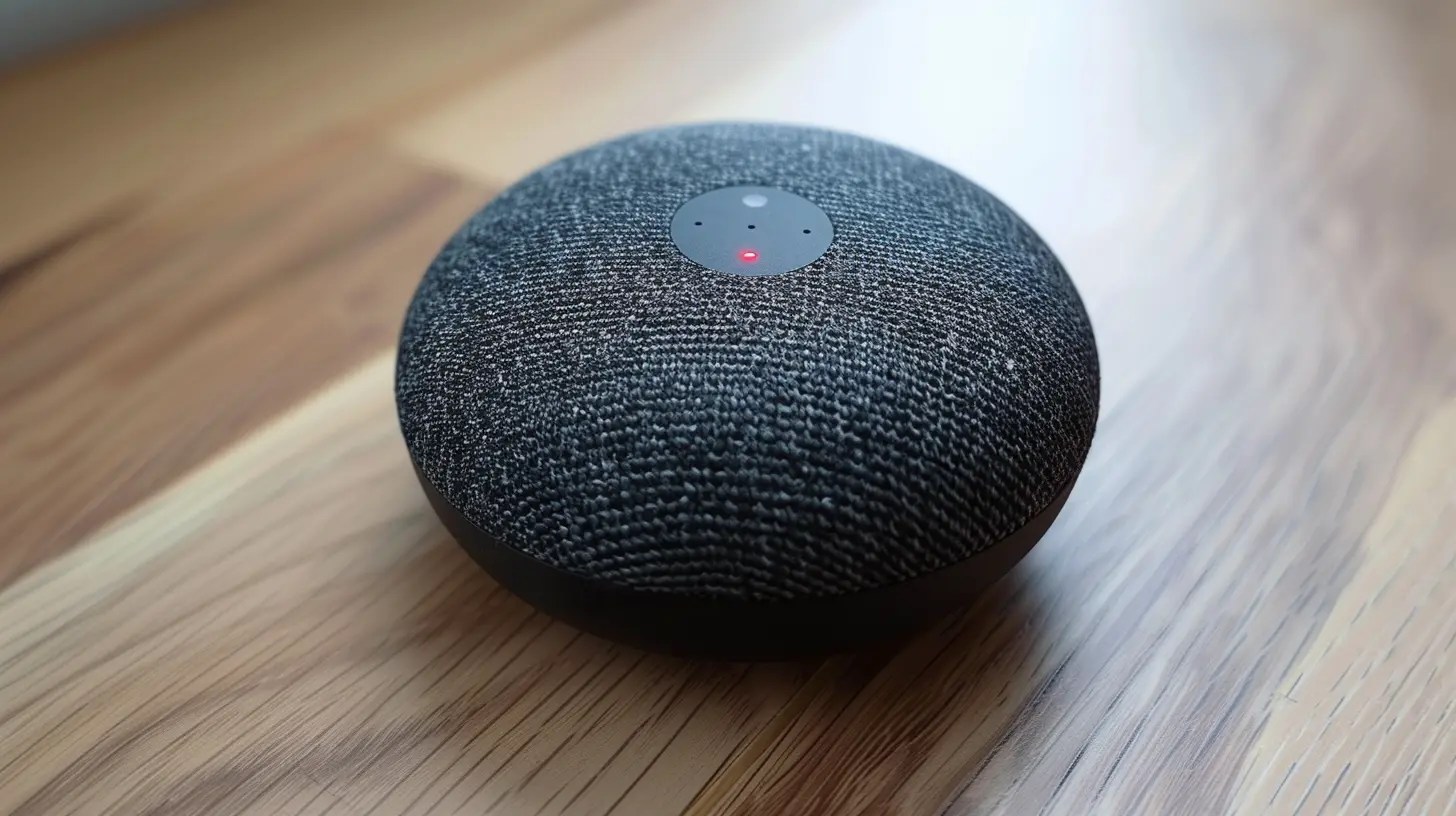
The Best Smart Home Devices for Voice Control
Choosing the right devices can make a huge difference in how smoothly your smart home runs. Here are some top picks for voice-activated smart home gadgets:1. Best Smart Speaker: Amazon Echo (4th Gen)
- Works seamlessly with Alexa- Excellent sound quality
- Built-in smart home hub
2. Best Smart Display: Google Nest Hub Max
- Google Assistant integration- Great for video calls and security camera feeds
- Acts as a central control panel for smart devices
3. Best Smart Thermostat: Ecobee SmartThermostat
- Voice control via Alexa and Google Assistant- Learns your preferences to optimize energy savings
- Features a built-in smart speaker
4. Best Smart Lights: Philips Hue
- Works with all major voice assistants- Can change colors and brightness with simple voice commands
- Integrates with smart home routines
5. Best Smart Lock: August Wi-Fi Smart Lock
- Unlock your door with a voice command- Easy installation and sleek design
- Integrates with Alexa, Google Assistant, and Apple HomeKit
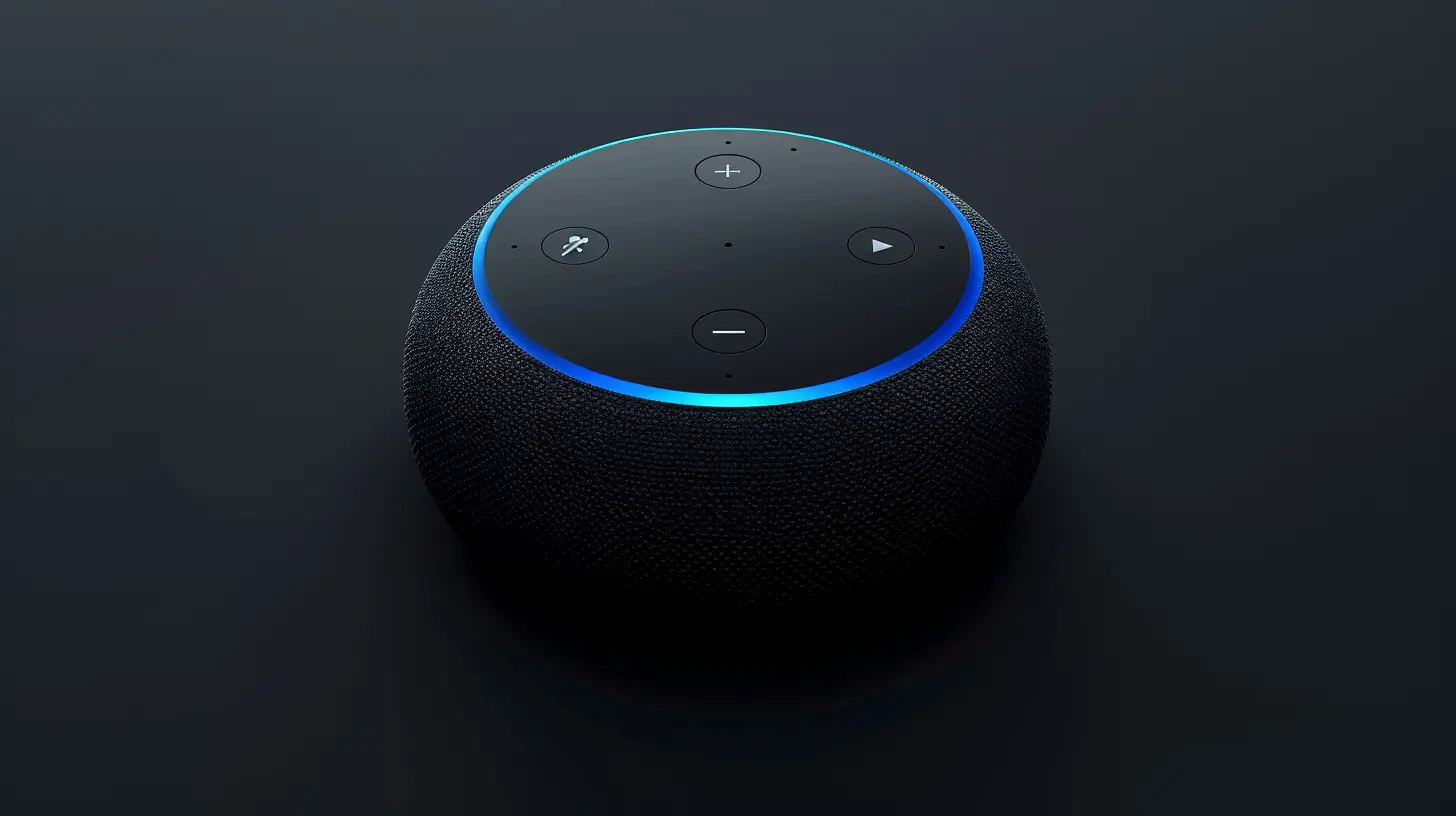
Overcoming Common Voice Control Challenges
Despite all its benefits, voice control isn’t perfect. Here are some common issues and how to fix them:1. Misunderstood Commands
Sometimes, your voice assistant might not understand what you’re saying. To fix this:- Speak clearly and avoid background noise.
- Use specific and consistent phrases.
- Train your voice assistant to recognize your voice better.
2. Connectivity Issues
If a device isn’t responding, it may be due to Wi-Fi problems. Try:- Restarting your smart device and router.
- Ensuring all devices are in range of the Wi-Fi signal.
- Checking if the voice assistant’s app needs an update.
3. Privacy Concerns
Many people worry about privacy when it comes to voice assistants. While these devices listen for commands, you can:- Mute the microphone when not in use.
- Regularly delete voice history.
- Adjust privacy settings in the assistant’s app.
The Future of Voice-Activated Smart Homes
Voice control is only getting better. With advancements in AI, we’re moving toward a future where smart assistants won’t just respond to commands—they’ll anticipate needs. Imagine:- Your coffee machine turning on as soon as you wake up.
- Your shower adjusting to your preferred temperature automatically.
- Your voice assistant detecting stress in your voice and playing relaxing music.
While we’re not quite there yet, the possibilities are endless. If voice control can already simplify daily tasks, just imagine what the next decade will bring.
Final Thoughts
Voice-activated controls are revolutionizing the smart home experience. They make life easier, more intuitive, and—let’s be real—a lot more fun. Whether you’re adjusting your lights, securing your front door, or just asking your assistant to tell you a joke, voice control is a game-changer.So, if you haven’t already, consider integrating voice-activated devices into your home. It’s one small step for tech, but one giant leap toward a truly smart home.
all images in this post were generated using AI tools
Category:
Smart SpeakersAuthor:

Marcus Gray
Discussion
rate this article
8 comments
Ivan McAnally
Great insights! Embracing voice-activated controls can truly transform our smart homes, making life easier and more efficient. Excited to implement these tips for a seamless experience!
May 13, 2025 at 10:44 AM

Marcus Gray
Thank you! I'm glad you found the tips helpful. Excited for you to enhance your smart home experience!
Delilah Gutierrez
Great article! Voice-activated controls truly make life easier. It's like having a helpful friend at home—just chat, and your wish is their command!
April 29, 2025 at 2:20 AM

Marcus Gray
Thank you! I'm glad you enjoyed the article. Voice-activated controls really do add convenience to our daily lives!
Kenneth Hernandez
Embrace simplicity; voice controls transform your home into a seamless experience.
April 28, 2025 at 11:47 AM

Marcus Gray
Thank you for your insight! Embracing simplicity with voice controls truly enhances the smart home experience, making it more intuitive and accessible.
Rosalind McFadden
Great insights! Voice-activated controls truly simplify smart home management. Looking forward to implementing some of these tips in my setup!
April 28, 2025 at 3:27 AM

Marcus Gray
Thank you! I'm glad you found the insights helpful. Enjoy enhancing your smart home with voice controls!
Evangeline McGhee
Forget the remotes! Just tell your couch to dim the lights—smart homes are so lazy chic!
April 26, 2025 at 8:57 PM

Marcus Gray
Absolutely! Embracing voice-activated controls not only simplifies your smart home experience but also adds a touch of modern elegance—truly a blend of convenience and style!
Craig Pace
Voice-activated controls redefine our interactions with technology, inviting us to ponder: as our homes become smarter, are we enhancing our lives or relinquishing our autonomy in the process?
April 26, 2025 at 4:37 AM

Marcus Gray
Voice-activated controls enhance convenience and accessibility, but it's essential to remain mindful of privacy and autonomy as we embrace smarter living.
Maribel Gibson
Great insights! Voice-activated controls genuinely enhance the smart home experience by simplifying tasks. However, user privacy concerns and potential tech glitches should also be addressed for a truly seamless integration.
April 24, 2025 at 12:58 PM

Marcus Gray
Thank you for your thoughtful comment! You’re absolutely right—while voice-activated controls enhance convenience, it’s crucial to prioritize user privacy and reliability to ensure a seamless experience.
Wolf McCaw
This article offers valuable insights into enhancing smart home experiences through voice-activated controls. By streamlining device interactions, users can enjoy increased convenience and efficiency. Embracing voice technology not only simplifies daily tasks but also fosters a more integrated and intuitive living environment. A must-read for modern homeowners!
April 24, 2025 at 4:22 AM

Marcus Gray
Thank you for your kind words! I'm glad you found the insights valuable for enhancing smart home experiences.
MORE POSTS

The Latest in Noise-Canceling Headphones: Top Picks Unveiled
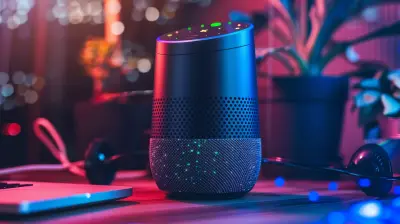
Voice Search Optimization: Why It’s Important for Your Online Business

AI-Driven Cloud Security: The Next Generation of Threat Detection

AI and the Future of Work: Fairness in Automation

How Big Tech Is Collecting Your Data: What You Need to Know

Leveraging Artificial Intelligence to Improve Software Debugging